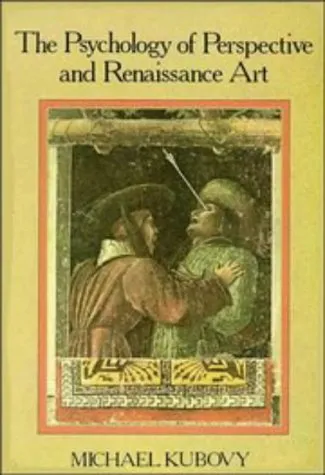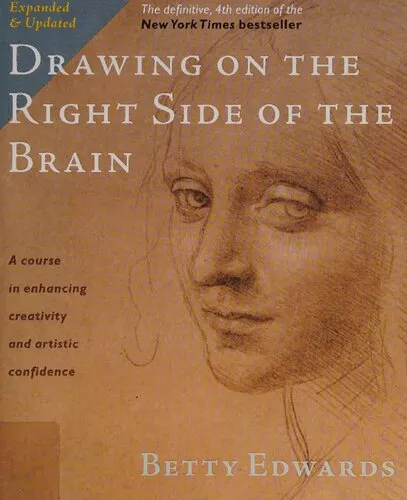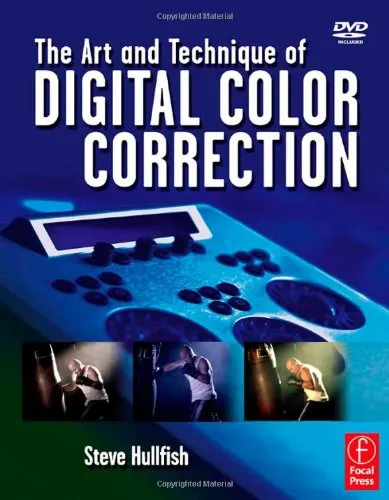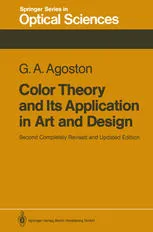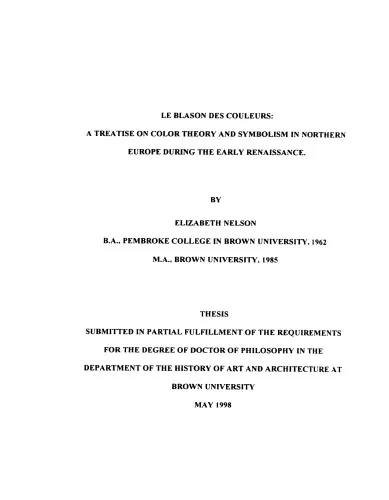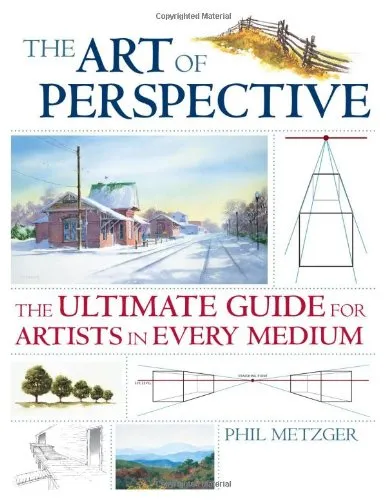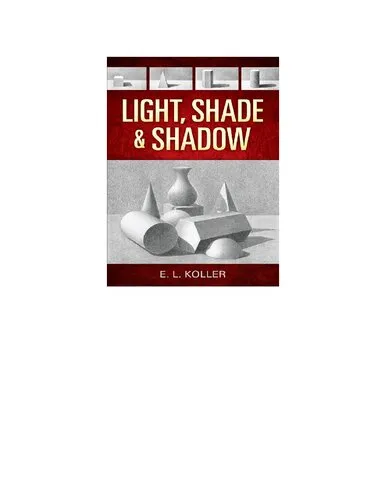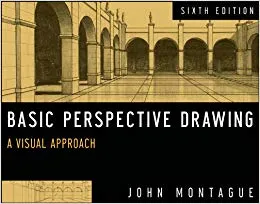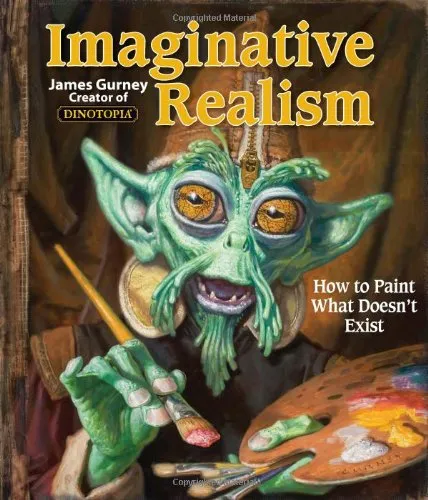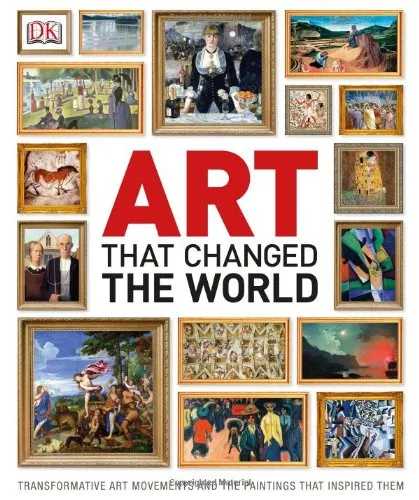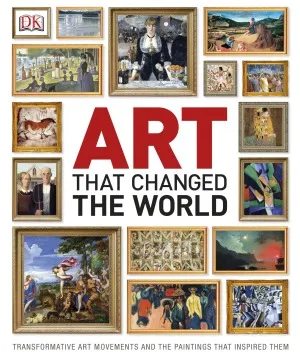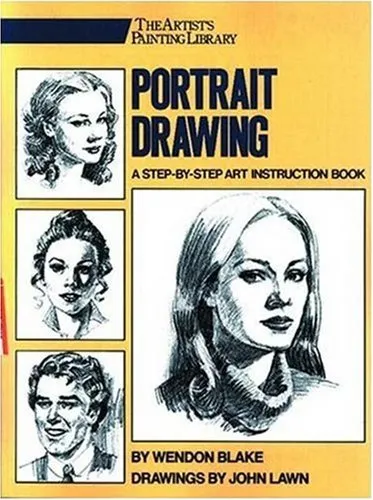The Psychology of Perspective and Renaissance Art
3.5
Reviews from our users

You Can Ask your questions from this book's AI after Login
Each download or ask from book AI costs 2 points. To earn more free points, please visit the Points Guide Page and complete some valuable actions.Related Refrences:
Introduction to "The Psychology of Perspective and Renaissance Art"
Welcome to a fascinating journey into the intersection of art and psychology, where you will explore how perspective influenced Renaissance art. In "The Psychology of Perspective and Renaissance Art," you'll find a detailed examination of the cognitive processes behind artistic perception during the Renaissance period. This book is essential for understanding how the innovative use of perspective not only transformed art but also altered how viewers perceived their world.
Detailed Summary of the Book
Renaissance art marked a pivotal moment in artistic history, characterized by an unprecedented representation of space and dimension. "The Psychology of Perspective and Renaissance Art" delves into the development and impact of linear perspective, a transformative technique developed during the 15th century. The book explores how artists like Brunelleschi, Alberti, and Leonardo da Vinci mastered this technique to create the illusion of depth, which not only revolutionized art but also influenced the growing field of optics and the scientific study of visual perception.
Across several chapters, the book navigates through the psychological principles underlying perspective. It discusses how the human brain perceives visual cues and how artists ingeniously manipulate these cues to create lifelike representations on two-dimensional surfaces. By analyzing various Renaissance masterpieces, the book provides insights into the artists’ minds, revealing their sophisticated understanding of geometry and human sight.
Key Takeaways
- Understanding linear perspective is crucial for comprehending the evolution of Western art.
- Renaissance artists laid the groundwork for future exploration in both art and perception.
- The study reveals a profound connection between artistic creativity and psychological science.
- Appreciation for Renaissance art is deepened through knowledge of its psychological underpinnings.
Famous Quotes from the Book
"Renaissance perspective offers a unique window into the mind: a portrayal of reality not as it is, but as it is perceived."
"The Renaissance artist was both a master and a student of the psychology of vision."
"Linear perspective is the artistic equivalent of the scientific method, providing structure and clarity to human perception."
Why This Book Matters
This book stands out as it not only traces the historical development of artistic techniques but also bridges art with psychology. The emphasis on perspective is not merely about a technical artistic skill; it marks a cognitive breakthrough of that era. The insights presented in this book enhance the appreciation of Renaissance art by unveiling the cognitive rigor and psychological depth that artists of that time achieved. For students of art history, psychology, or anyone fascinated by the confluence of art and human perception, "The Psychology of Perspective and Renaissance Art" offers an indispensable resource.
Free Direct Download
You Can Download this book after Login
Accessing books through legal platforms and public libraries not only supports the rights of authors and publishers but also contributes to the sustainability of reading culture. Before downloading, please take a moment to consider these options.
Find this book on other platforms:
WorldCat helps you find books in libraries worldwide.
See ratings, reviews, and discussions on Goodreads.
Find and buy rare or used books on AbeBooks.
1444
بازدید3.5
امتیاز0
نظر98%
رضایتReviews:
3.5
Based on 0 users review
Questions & Answers
Ask questions about this book or help others by answering
No questions yet. Be the first to ask!
